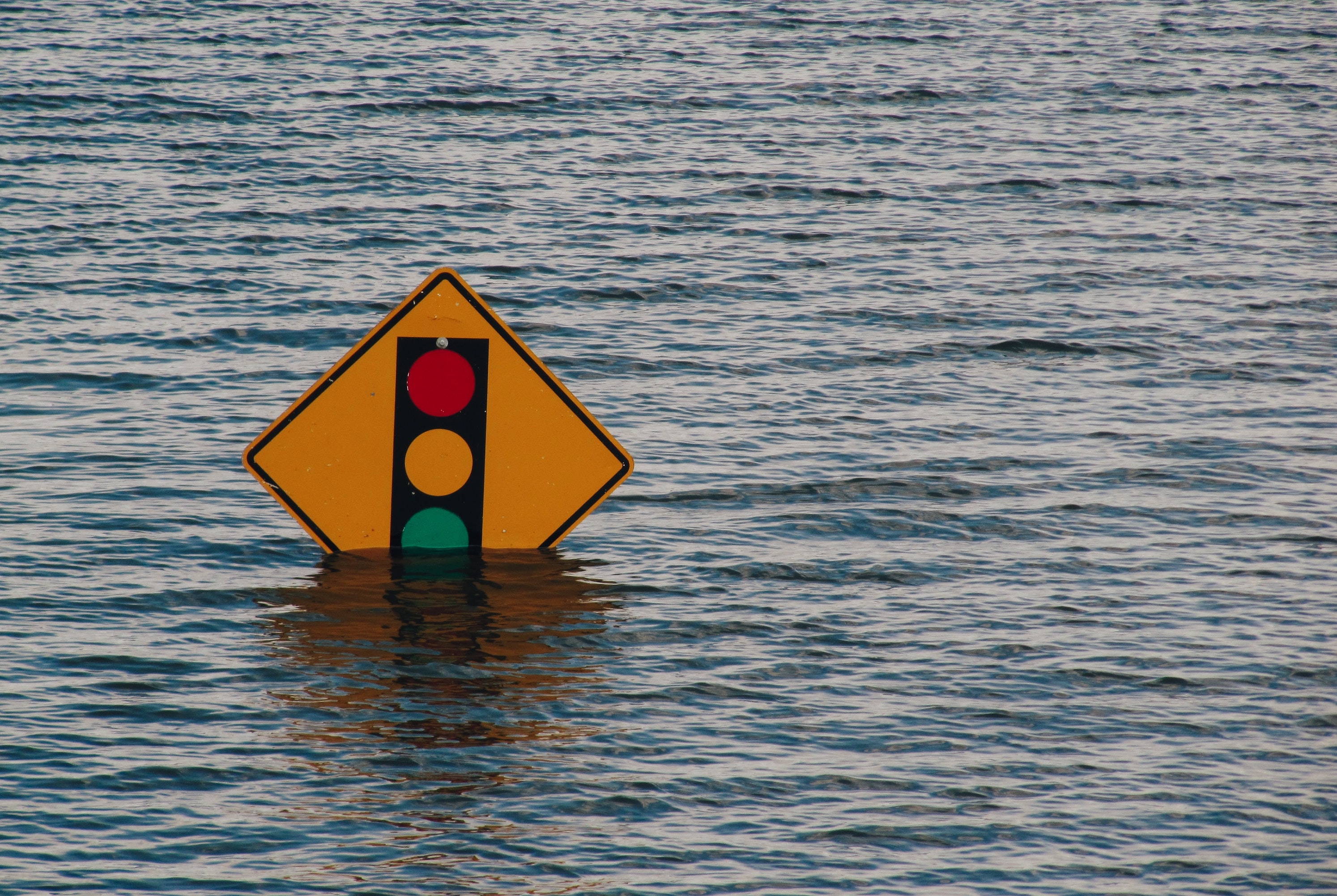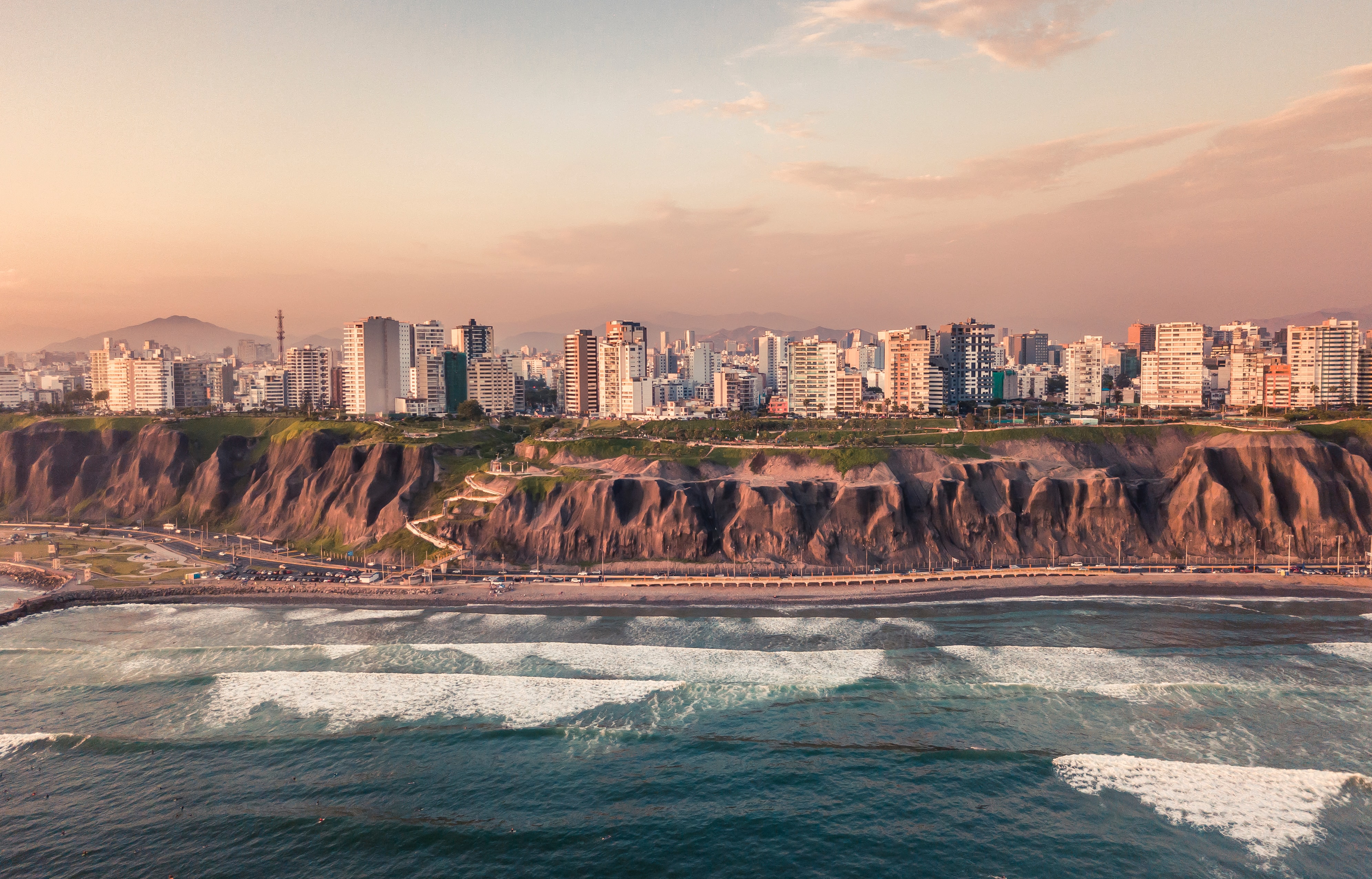
Sciences & Technology
Extreme waves set to be bigger and more frequent

By the end of the century tens of millions more people and trillions of dollars more of the world economy will be at risk of being flooded as sea levels rise
Published 31 July 2020
We know climate change will cause rising sea levels and increase the frequency of storms and extreme waves, putting large stretches of land at greater risk of flooding. But just how bad will it be?
It is the sort of question that has long frustrated strong policy action on countering and mitigating climate change.

“You can have all the science in place, but if you are going to get action you need to be able to tell politicians what the economic cost is and how many people are going to be affected,” says oceanographer and University of Melbourne Kernot Professor of Engineering, Ian Young.
In what is the most comprehensive effort yet to assess the global risks of rising sea levels, researchers have now estimated that in the next 80 years the flood risk across the world will rise by around 50 per cent, putting millions more people and trillions of US dollars more of infrastructure at risk.

Sciences & Technology
Extreme waves set to be bigger and more frequent
In addition, by 2100, extreme floods now thought of as being one-in-100-year events, will be occurring as frequently as every 10 years across much of the world – an increased risk of ten times.
According to the University of Melbourne-led study now published in Nature: Scientific Reports, the land area exposed to an extreme one-in-100-year flood event will increase by more than 250,000 square kilometres, an increase of 48 per cent to over 800,000 square kilometres.
In concrete terms the study’s estimates translate into about 77 million more people being at risk of experiencing flooding, a rise of 52 per cent to 225 million.
The economic risk in terms of the infrastructure exposed will rise by $US3.5 trillion, an increase of 46 per cent to $US11.3 trillion.
“What the data and our modeling is saying is that compared to the present day, we are going to see increased magnitude of extreme flooding events. In addition, these extreme events will be more frequent because of climate change-induced sea level rise,” says lead author and University of Melbourne PhD candidate Ebru Kirezci.

A warming climate is driving sea level rise across global oceans because water expands as it warms and glaciers melt. This has a further impact on the extreme sea levels coastal areas are exposed to, and will only worsen over the rest of the century.
The analysis is based on a “business as usual” climate scenario (RCP8.5) where carbon dioxide (CO₂) concentrations in the atmosphere continue to rise rapidly.

Sciences & Technology
Climate change policy: The missing middle
If more effective action is taken to limit CO₂ emissions (RCP4.5), the world’s flood exposure by 2100 won’t be as great, but it will still be significantly higher than today – the exposed land area increasing by 33 per cent, the number of people at-risk rising by 36 per cent, and the economic infrastructure exposed rising by 32 per cent.
“This is critical research from a policy point of view because it provides politicians with a credible estimate of the risks and costs we are facing, and a basis for taking action,” says Professor Young, senior author of the research.
The analysis doesn’t take account of existing flood defences that are established in places like northern Europe and already provide significant protection.
Professor Young says the extent of the increased risk highlighted by the study shows just how vulnerable large parts of the world will become unless action is taken both to mitigate the effects of climate change and expand flood defences.

While northwest Europe is particularly exposed to rising flood risk, the study warns that other major risk areas are northern China, parts of Asia and the northeast US.
Professor Young says the scope of the modelling is unprecedented in capturing and modelling sea level, storm surge, tide and wave data on a global level.
On top of that it analyses population and Gross Domestic Product (GDP) data to assess the impact of forecast flooding.

Sciences & Technology
A little bird didn’t tell me
While the modelling is necessarily based on some assumptions at the local level given the impracticality of going into finer locational detail, the model has been road tested against historical sea level data going back 30 years.
This historical data was collected from a broad network of tide gauge data from from 681 stations around the world that the researchers used to validate their extreme sea level model results at almost 10,000 coastal locations.
“One of the great strengths of this research is the way Ebru has been able to bring together such large datasets and process these in a consistent manner,” says Professor Young. “It’s the work that is needed to help policy makers act.”
“It is a huge task to try to do this on a global scale, but it’s critical if we are going to identify the “hot spots” where extreme sea levels will cause the biggest impacts – both societal and economic,” says Ms Kirezci.

“The size of the task means that we consider this as a ‘first pass’ at modelling the global impact of rising sea levels, yet it’s a robust analysis.”
“It’s showing that whole coastal communities are at risk of being devastated so we need urgent action.

“Curbing rising greenhouse gases is critical, but much of the predicted sea level rise is already baked-in – it will happen irrespective of what happens with greenhouse gases. So we need to adapt.
“This may mean building coastal defences like those already undertaken in the Netherlands. In other locations it may involve retreating populations from coastal areas.”
And Ms Kireczi notes that like many of the consequences of climate change, some low and middle income countries (LMICs) are particularly exposed.
For example, major populations in South-east and South Asia are at risk. But major populations in wealthier regions are also at risk including parts of China, Northern Europe and the United States.
“We need to start planning now the long-term investments in coastal defences, like dykes and sea walls, that we are going to need to protect vulnerable populations and assets.”
Banner: Getty Images